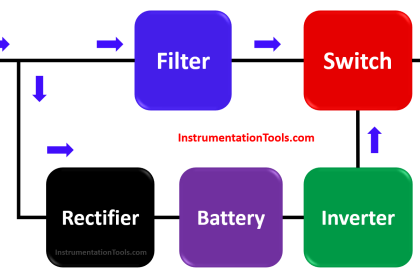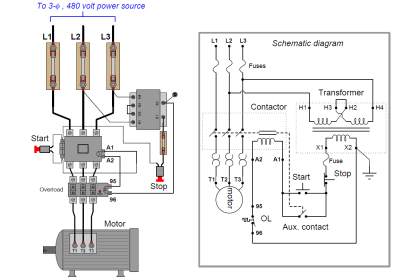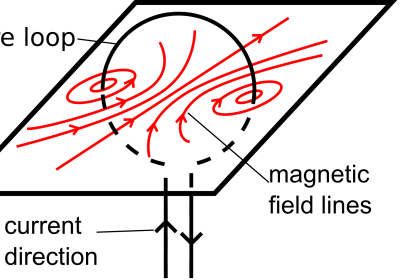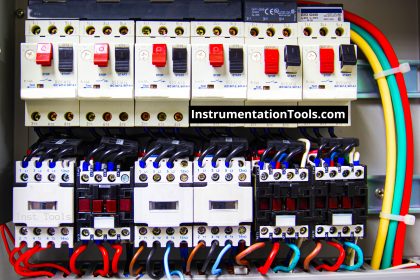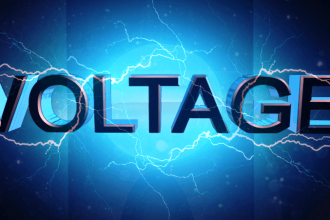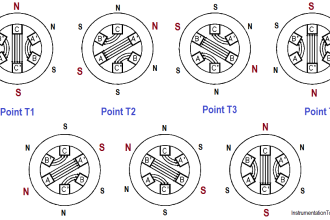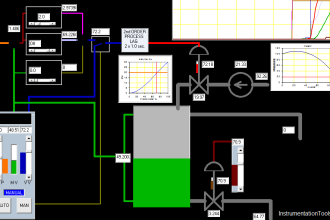In this article, we will discuss the electrical Energy Management System (EMS) and Supervisory Control & Data Acquisition (SCADA) in Power System
You might have often come across terms like EMS and SCADA. Do you know what they stand for and their importance in the power system??
What is an Energy Management System (EMS)?
EMS is a system for efficient management of energy in the power system. It is used for optimizing the performance of the generation and transmission systems by monitoring and controlling them through computerized tools.
EMS is an important system for the reliable and efficient operation of power systems and is related to its real-time monitoring, operation, and control.
EMS encompasses a variety of software applications for energy management which may provide a variety of services to the operator as well as the end user and thus enhance the performance of the whole power system.
Advantages of EMS
- Efficient monitoring of system parameters, enabling the operator to make informed decisions.
- Automatic control and automation of a power system and efficient, economic & optimal generation control.
- Optimal allocation of resources and network utilization.
- Better resource management.
- Improved quality of energy supply and system reliability.
- Provision of all historical data and immediate overview of the complete system for analysis.
- Reducing the time for troubleshooting, switching errors, and maintenance cost.
- Centralized power analysis, better utilization of manpower, and cost reduction
What is Supervisory Control & Data Acquisition (SCADA)?
As the name itself suggests, SCADA is used for the control and monitoring of any system. SCADA is a collection of equipment that will provide an operator at a remote location with enough information to determine the status of particular equipment or entire station and cause actions to take place regarding the equipment or network.
It achieves this requirement by collecting reliable field data through remote terminal units (RTUs), Intelligent Electric Devices (IEDs) and presenting them to user requirements.
It includes the collecting of the information, transferring it back to the central site, carrying out any necessary analysis and control, and then displaying that information on a number of operator screens or displays. The required control actions are then conveyed back to the process.
Objectives of SCADA
The important objectives of SCADA are listed below:
- Monitoring: Continuous monitoring of the parameters of voltage, current, etc.
- Measurement: Measurement of variables for processing.
- Data Acquisition: Frequent acquisition of data from RTUs and Data Loggers.
- Data Communication: Transmission and receiving of large amounts of data from the field to control centers.
- Control: Online real-time control for closed loop and open loop processes.
- Automation: Automatic tasks of switching of transmission lines, CBs, etc.
Advantages of SCADA
- Improved operation of the plant or process resulting in savings due to optimization of the system
- Increased productivity of the personnel
- Improved safety of the system due to better information and improved control
- Protection of the plant equipment
- Safeguarding the environment from a failure of the system
- Improved energy savings due to optimization of the plant
- Improved and quicker receipt of data so that clients can be invoiced more quickly and accurately
- Compliance with Government regulations for safety and metering
We can see that the flow of information takes place from process/equipment to SCADA and further to EMS where the data is analyzed through certain software and the required action is conveyed from EMS to the process/equipment through SCADA.
Thus, these systems help in the automation of the power system and fulfilling the biggest requirement of a high-reliability and high-energy efficiency power system.
A Typical SCADA Screen of a Generating Station
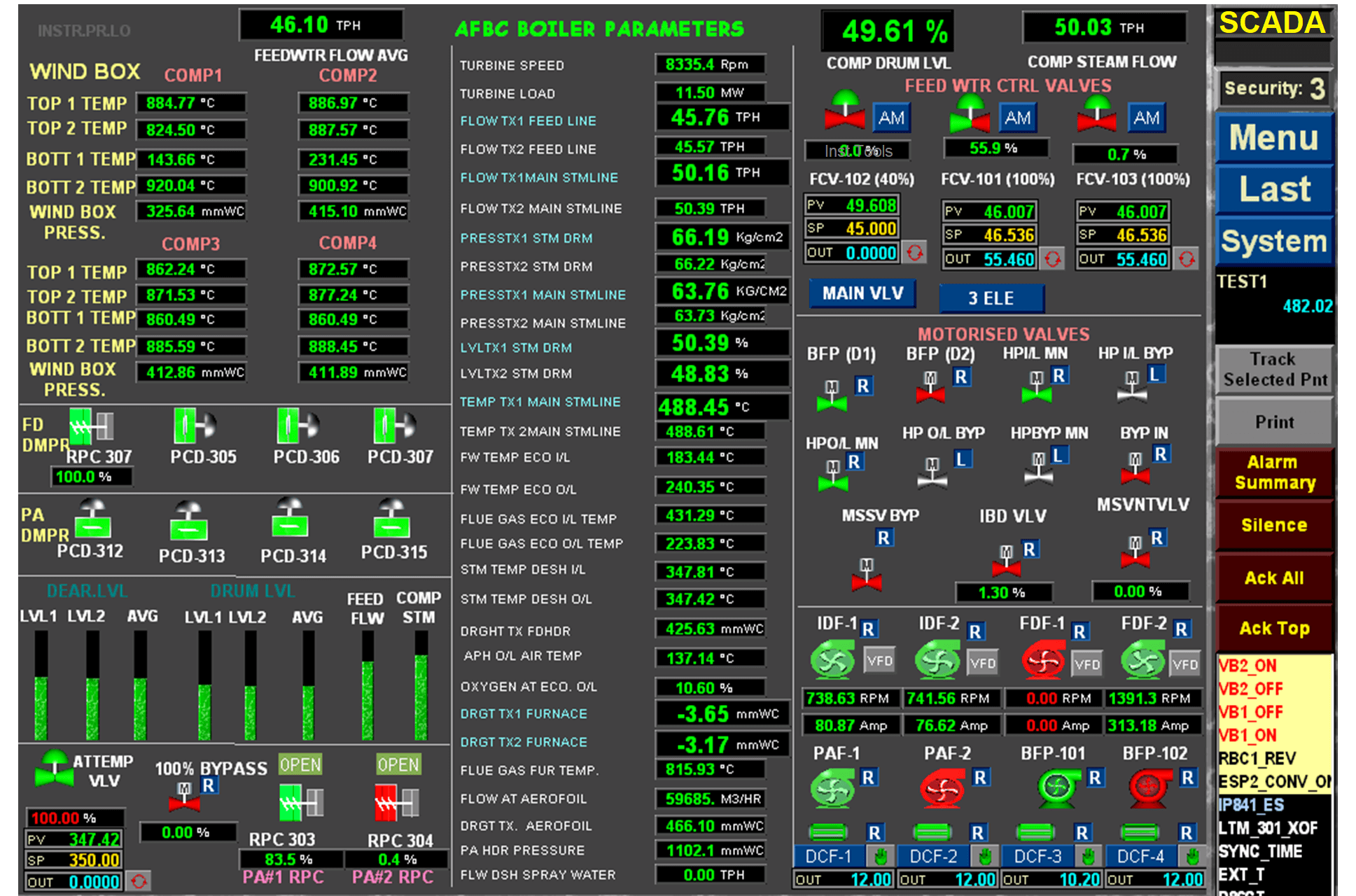
Author: Nitin Chaudhary
